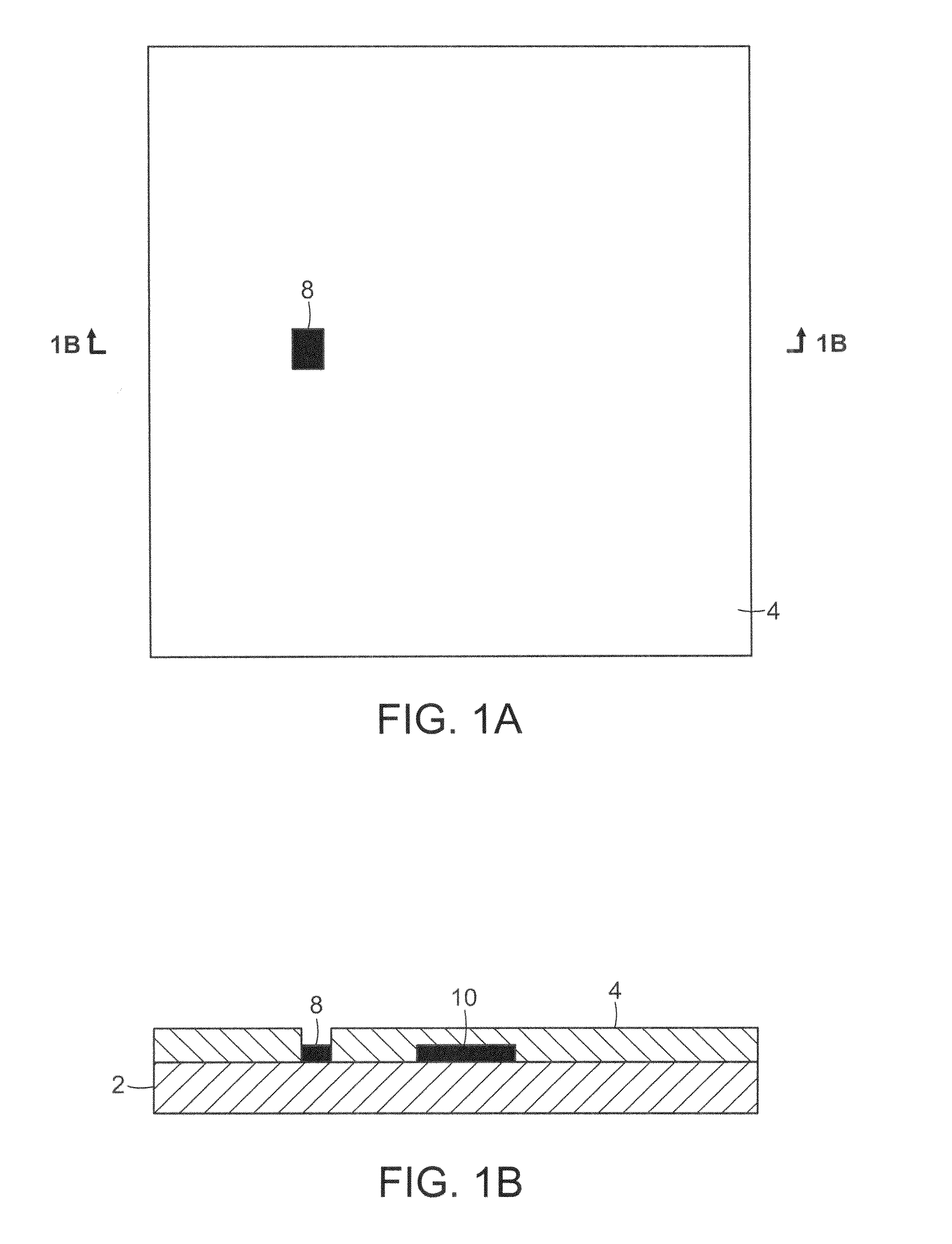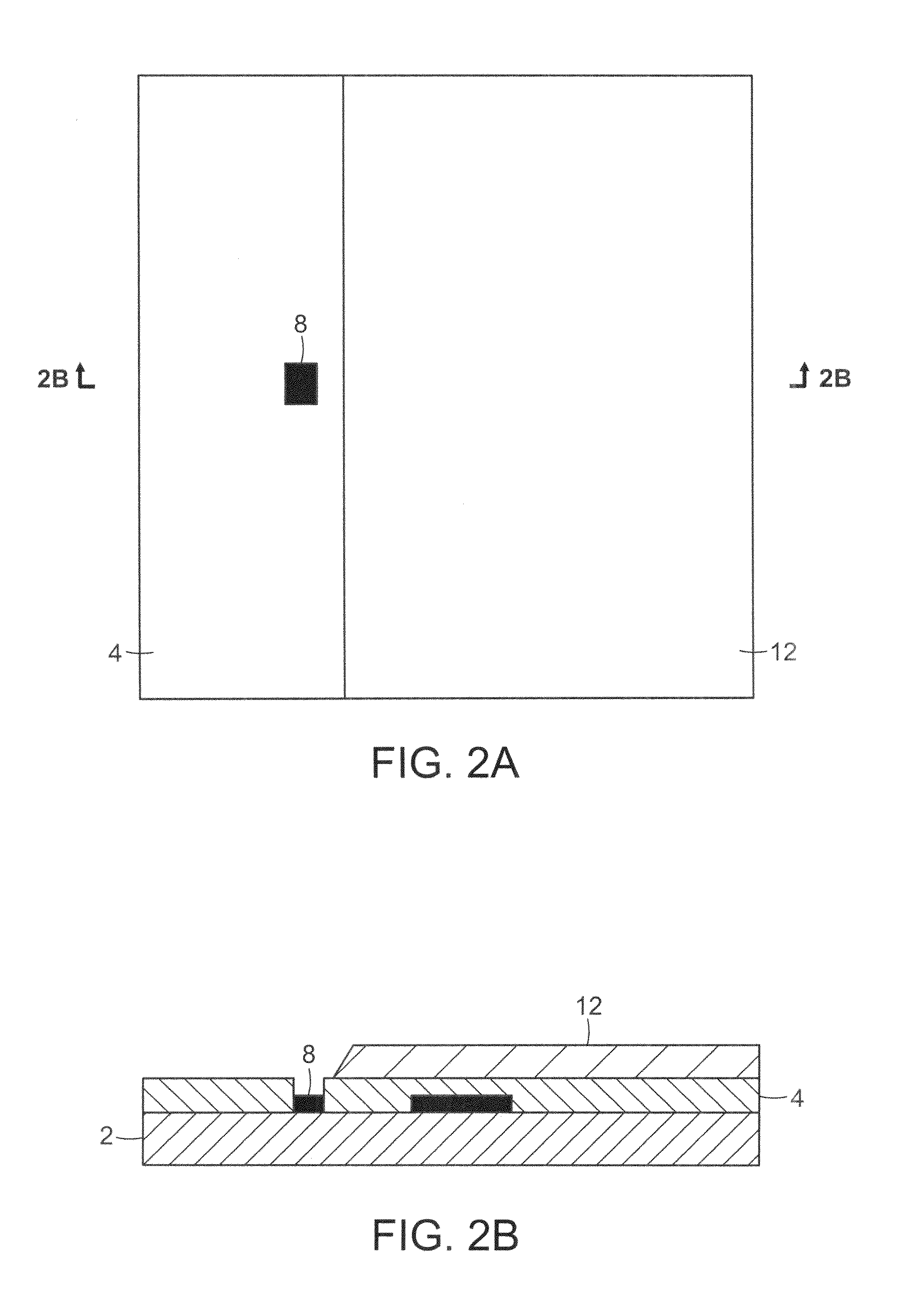Micromachined assembly with a multi-layer cap defining a cavity
a multi-layer, cavity-defining technology, applied in the field of micro-machined assemblies, can solve the problems of not knowing how to deposit thick low-stress silicon nitride layers, not knowing how to deposit a strong, stress-free layer of silicon nitride, and not knowing how to manufacture mems devices, etc., to minimize the formation of voids in the cap structure, reduce the force on the cap structure, and minimize the effect of voids
- Summary
- Abstract
- Description
- Claims
- Application Information
AI Technical Summary
Benefits of technology
Problems solved by technology
Method used
Image
Examples
Embodiment Construction
[0028]Disclosed herein are methods of creating high stiffness, high strength caps for the creation of cavities enclosing regions of interest on wafer surfaces and techniques to prevent formation of voids in the caps, where the caps are comprised of one or more high-stiffness materials, such as, for example, alumina, and are preferably deposited using a process designed to increase the rigidity and stiffness of the cap as well as its adhesion to the wafer surface.
[0029]In the present application, the term “high stiffness material” is henceforth defined to mean a material that is characterized by having a Young's modulus in excess of 80 GPa and which can be deposited in layers between 5 and 50 microns in thickness. Cap structures composed of or overlaid by one or more layers of a high stiffness material is preferably stiff enough to withstand a uniform pressure equivalent to up to about 60 atmospheres, with no portion of the cap structure deflecting by more than 1 micron from its init...
PUM
 Login to View More
Login to View More Abstract
Description
Claims
Application Information
 Login to View More
Login to View More - R&D
- Intellectual Property
- Life Sciences
- Materials
- Tech Scout
- Unparalleled Data Quality
- Higher Quality Content
- 60% Fewer Hallucinations
Browse by: Latest US Patents, China's latest patents, Technical Efficacy Thesaurus, Application Domain, Technology Topic, Popular Technical Reports.
© 2025 PatSnap. All rights reserved.Legal|Privacy policy|Modern Slavery Act Transparency Statement|Sitemap|About US| Contact US: help@patsnap.com



